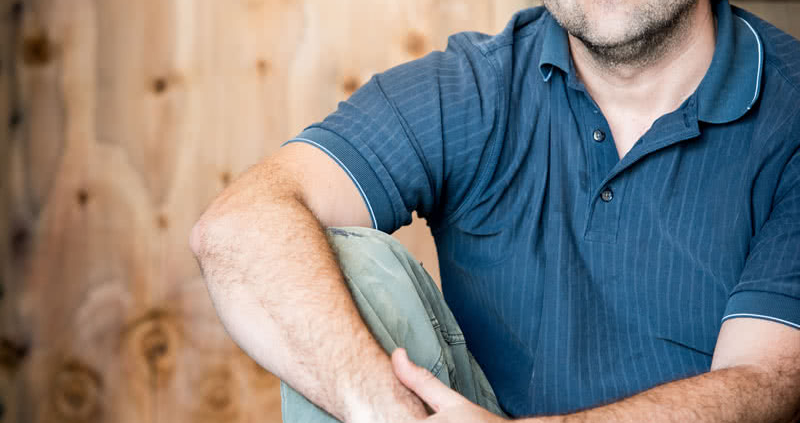Paul Macoun
Off the shore of Sable Island, about 175 kilometres from the coast of Nova Scotia, a large ship moved through the fog towing an array of hydrophone streamers eight kilometres long. The array contained thousands of underwater microphones used for receiving reflected sound from the layers of rock beneath the seabed. Information amassed from the microphones would be used to determine the gas reserves encapsulated in the rock.
Paul Macoun, a mechanical engineer, was watching the activity from a small skiff floating nearby; he was part of the team that set up and operated this technology for an oil exploration company.
Since his teenage years in Victoria, Macoun had felt an affinity with the coast and dreamed of a career that would see him on the water. But on that day, as he watched the impressive display of engineering and technology, something shifted.
“I remember thinking that I love the environment I’m in, but this isn’t what I had in mind,” he says. “I enjoyed the adventure, but I didn’t enjoy that I was doing somewhat exploitative things.”
Soon after that trip in 1999, Macoun left his position and began a master’s degree in physical oceanography at the University of Victoria. His graduate research led to an opportunity to work on VENUS, a proposed underwater observatory planned for Saanich Inlet, the Strait of Georgia and the Strait of Juan de Fuca. Now fully operational, VENUS—the Victoria Experimental Network Under the Sea—is a network of underwater instruments supported by approximately 50 kilometers of cables installed hundreds of metres beneath the waves. Hundreds of sensors measure physical, chemical and biological properties of the environment—water temperature, pressure, ocean currents, chemical properties, and whale sounds to name a few. Cameras are often sent down, too, to collect photos and videos that are shared on a website and social media pages. The information collected—hundreds of gigabytes of data each day—is made available online free of charge to researchers, scientists and anyone else interested (the Canadian and US navies are often keen to have a look).
Macoun, 45 and a father of three, claims that the VENUS technology is not “rocket science—it’s like your office network, but in an unfriendly place—the ocean.”
In 2010, VENUS and its sister project, NEPTUNE (North-East Pacific Time-series Undersea Networked Experiments), were brought together by UVic under the non-profit Ocean Networks Canada. ONC’s mandate is not to conduct research, but, in consultation with the science community, to build technology and systems, under water and on shore, to monitor the environment and produce data to be used for research. “We take lofty science goals and try to meet them as best we can in a practical way,” Macoun explains.
In February 2016, the BC government announced a $5 million dollar investment in ONC to develop technology for an early earthquake warning system for the province. The funding will allow ONC to add more offshore systems and develop land-based ones to collect and analyze seismic activity. Once in place, the systems will give advance notice of an earthquake, allowing more time for people to get to safety.
Macoun is the field services manager at ONC. He helps build new installations like the early earthquake warning system at the facility in North Saanich, and maintains existing ones like VENUS and NEPTUNE. He also organizes offshore expeditions around BC and up to the Arctic. True to the goal of his youth to work on the ocean, his role sees him out on the water around six weeks per year. One of his and his colleagues’ most fascinating tasks is to use a robot roughly the size of a small Volkswagen car to build and maintain undersea infrastructures and help conduct science on the seafloor.
Macoun considers himself lucky to be doing this work among such talented colleagues. “The people who work in the organization are highly skilled, very creative people … It takes a lot of talent and ingenuity to do this kind of work,” he says.
And he is rightfully among them. “I took a roundabout route, but I eventually found where I was meant to be.”

